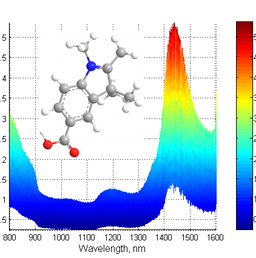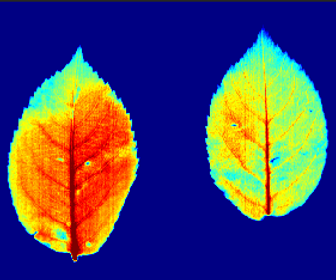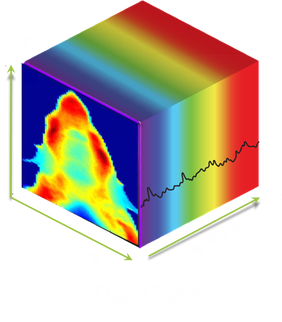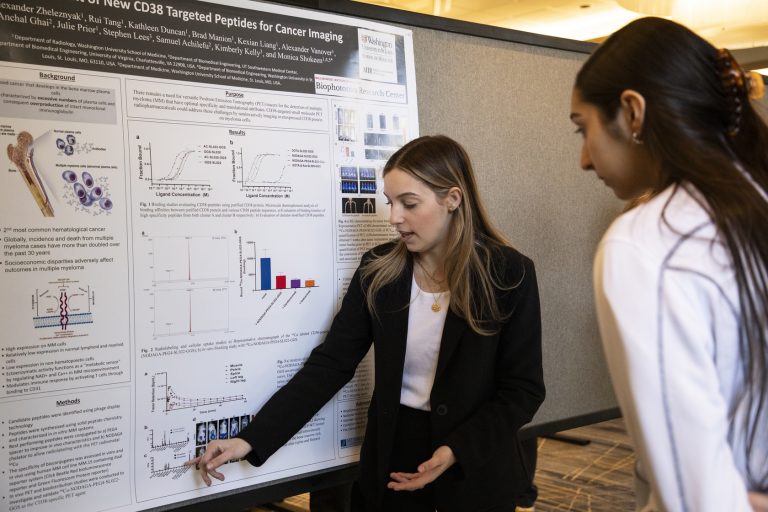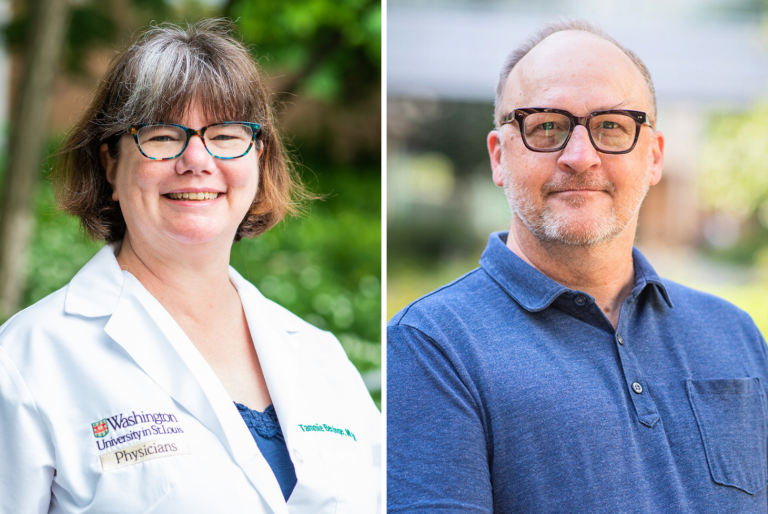Berezin Lab
Projects
Design and Spectroscopy of Optical Probes in NIR and SWIR
Chemistry
Near-infrared (NIR) and shortwave infrared (SWIR) probes are active within the range from 750-2000 nm. This spectral range has several benefits in biological studies, including reduced interference from endogenous fluorophores and lowered light scattering. Synthesis of many of these probes is challenging, especially beyond 1000 nm, and our lab is looking for compounds that have high brightness and suitable for biological applications.
Environmental Monitoring
Chemistry, Engineering & Biology
The optical signatures of plants, soil, air and water are important monitoring and predictive parameters for a variety of biotic and abiotic stresses. Optical markers, for example in plants such as chlorophyll, water, and lipids can be investigated by using a broad spectral range from the UV-visible (250 -700 nm) to near-infrared (NIR, 700-1600 nm) regions. We are developing and applying hyperspectral and fluorescence imaging techniques to predict the early damage of the plants.
Hyperspectral Imaging from UV to MWIR
Engineering & Programming
To increase the sensitivity of the spectral methods and prevent the loss of a significant amount of information through averaging, spatial dimensions can be added to the traditional spectroscopy-based techniques. In this imaging spectroscopy or hyperspectral imaging approach, every pixel on a 2D image carries a complete spectrum; altogether, the image is a 3D dataset (datacube). Our lab develops instrumentation and algorithms for this technique from UV to SWIR and MWIR.
Imaging of Peripheral Nerve Injuries and Chronic Pain
Biology
Current imaging modalities lack the ability to quickly assess and classify peripheral nerve injury and neuropathies. We are developing optical methods that can quantitatively access the nerve damage and facilitate treatment. Our specific area of interest includes chronic chemotherapy peripheral neuropathy — a devastating side effect of the cancer treatment that affects millions of cancer patients and cancer survivors.
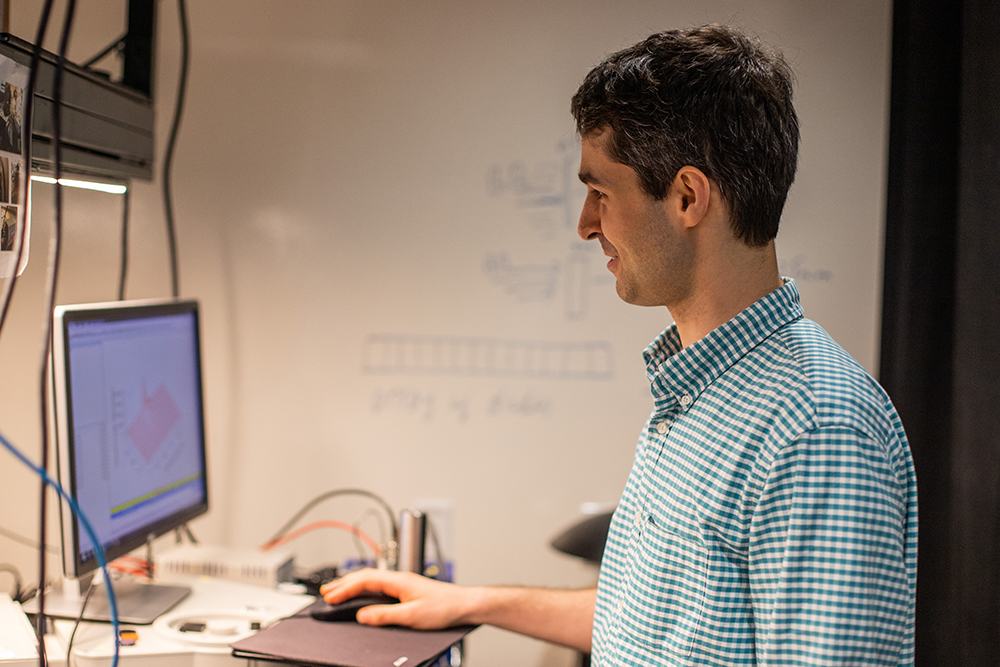
Our People
The multidisciplinary lab, led by Mikhail Berezin, PhD, focuses on the studying and applying optical mechanisms to applications in life science.

